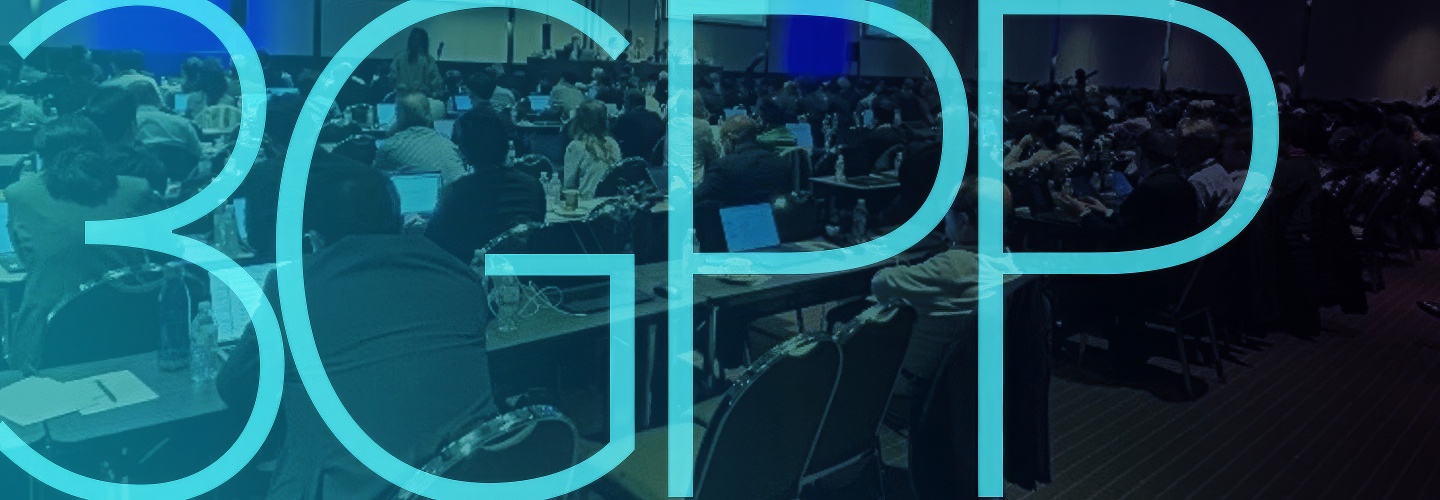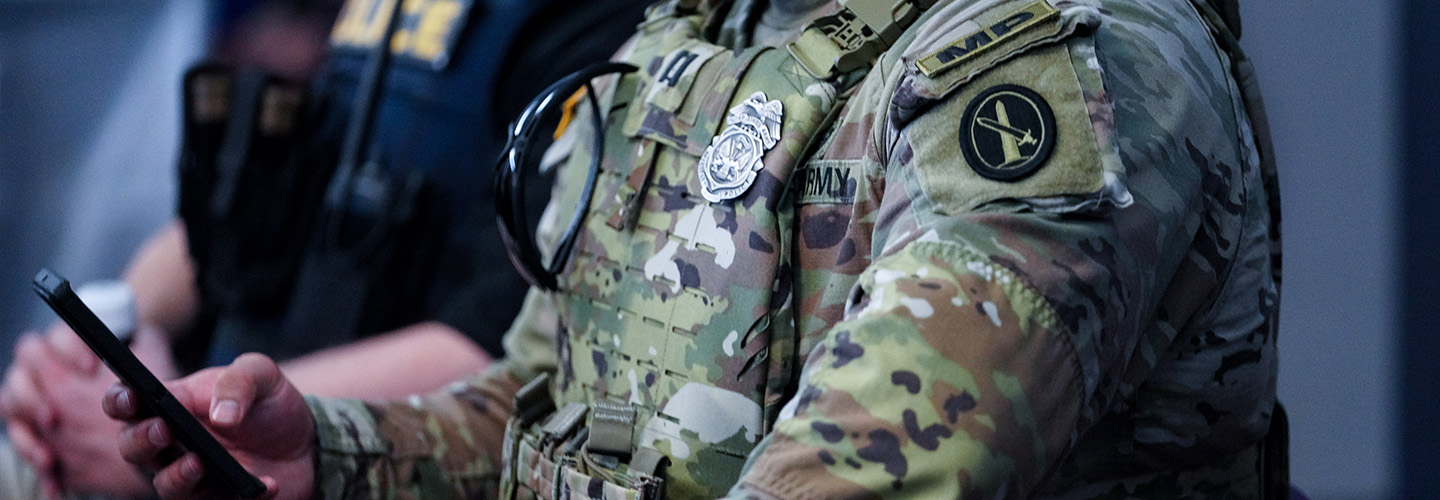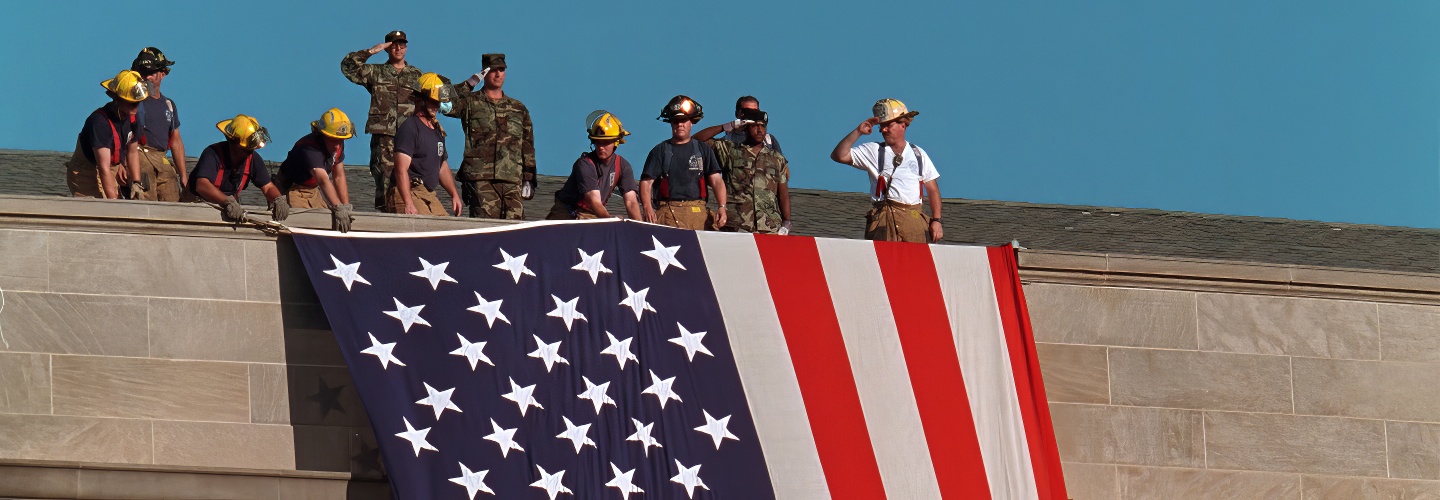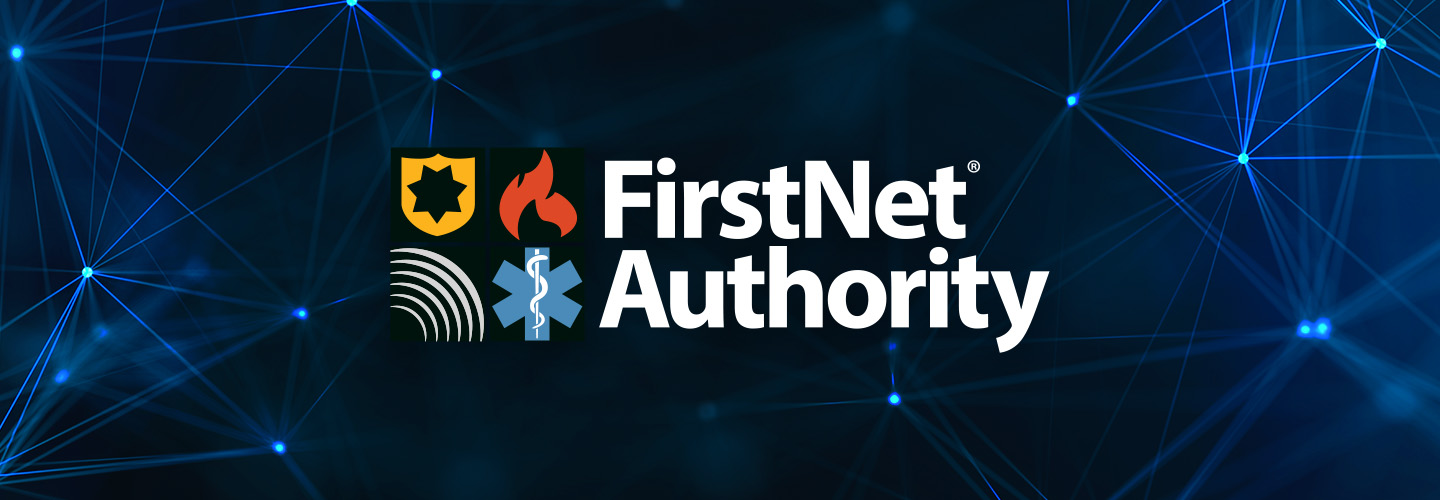The Third Generation Partnership Project, or 3GPP, held Plenary meetings in September 2024. The meetings highlighted progress reported in the 3GPP Radio Access Network, Service and System Aspects, and Core Terminal groups focusing on the Release 19 work. The group also officially approved a study on 6G.









